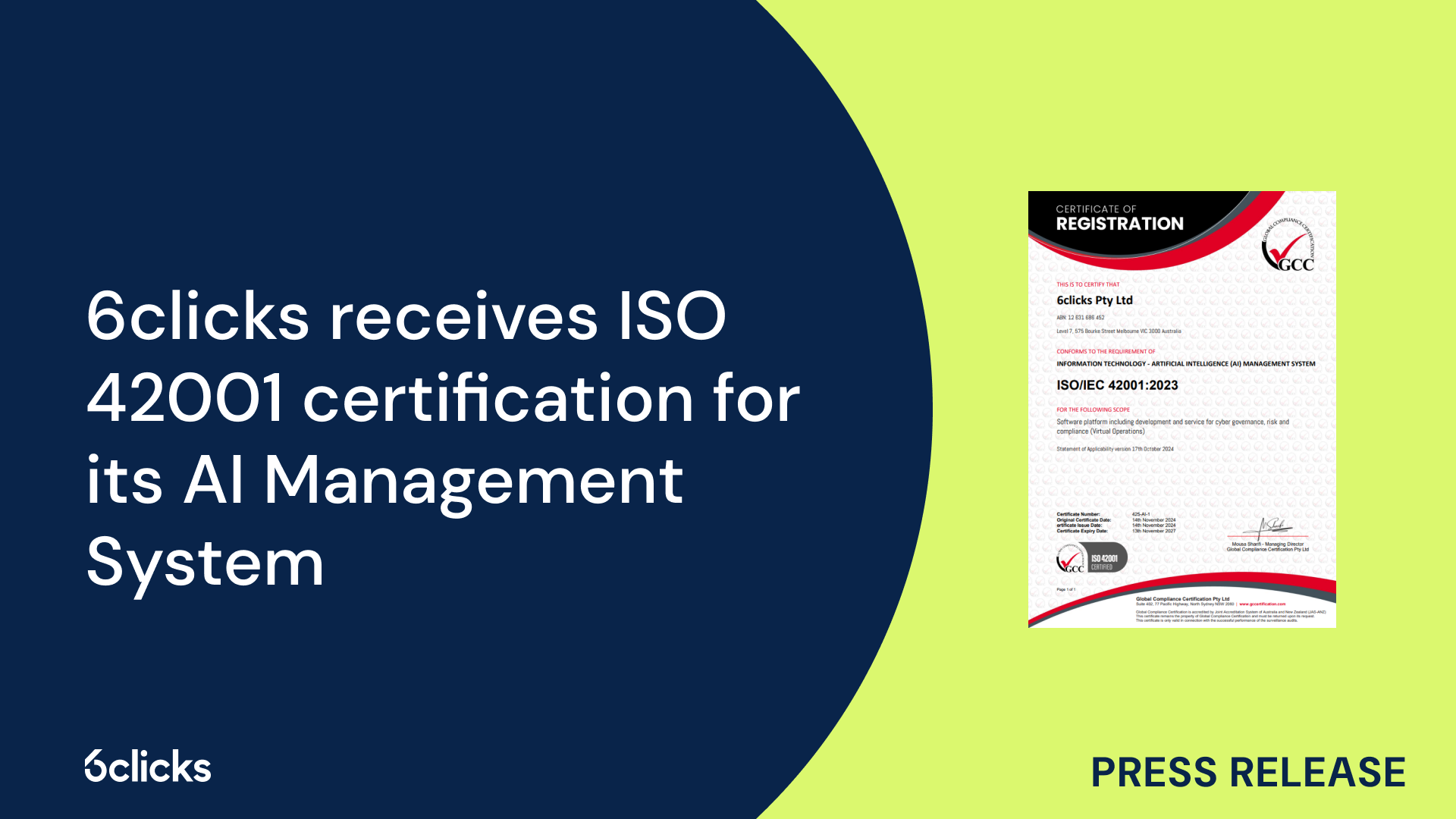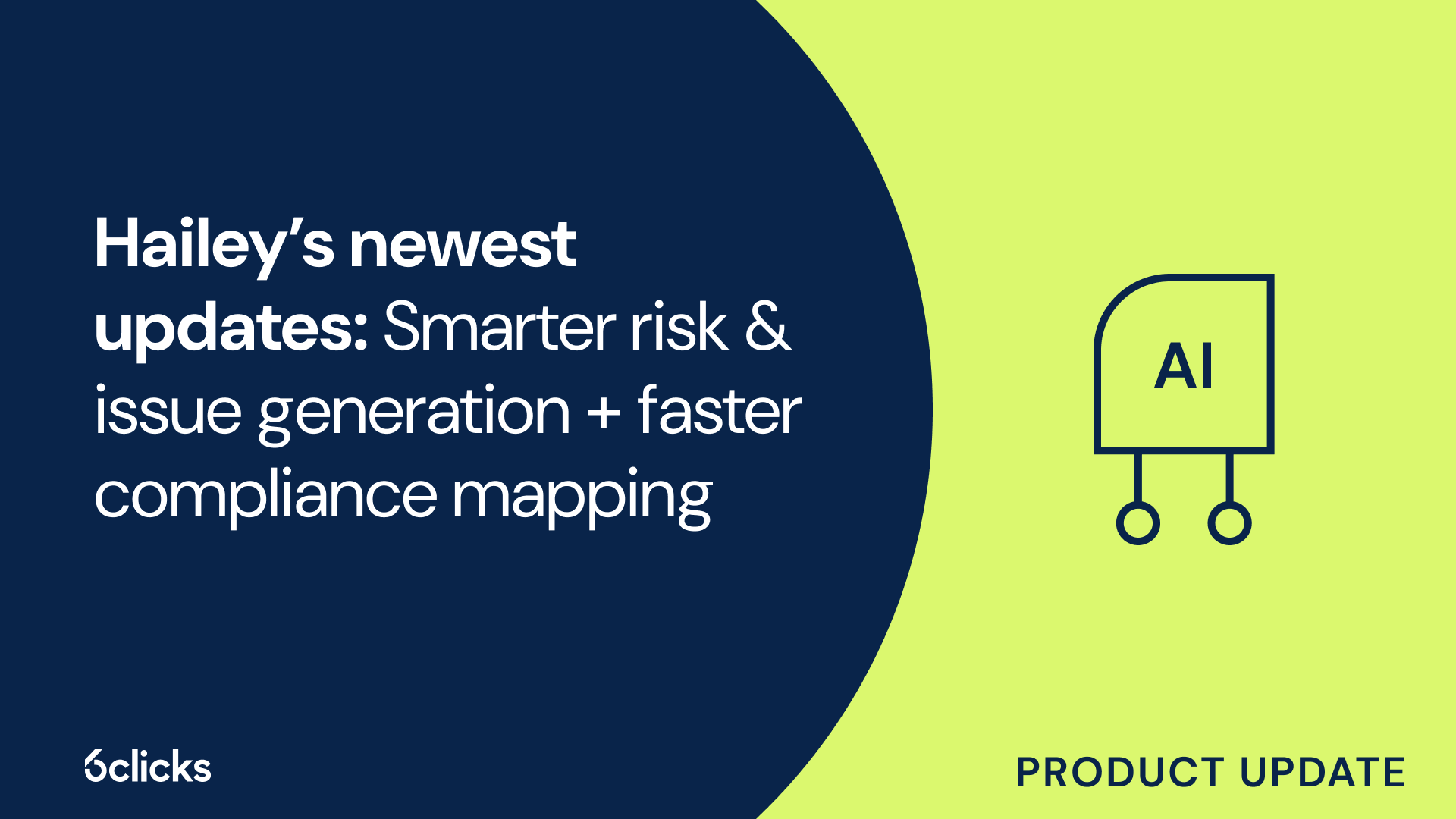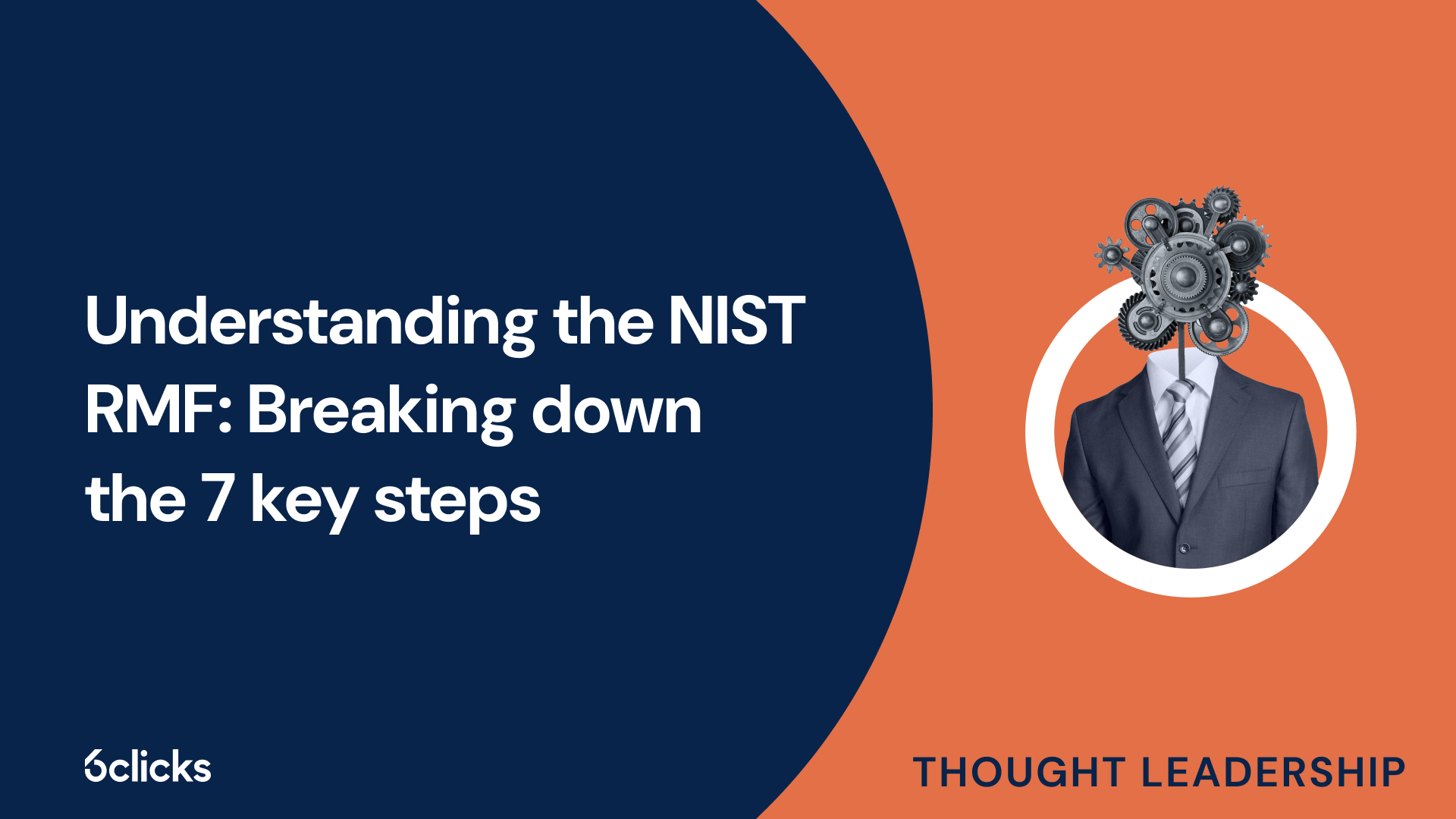What is required for SOC 2 compliance?
Definition of SOC 2 compliance
SOC 2 compliance refers to the adherence of an organization to the Service Organization Controls (SOC) 2 framework. SOC 2 is a widely recognized auditing standard developed by the American Institute of Certified Public Accountants (AICPA) that focuses on the security, availability, processing integrity, confidentiality, and privacy of data and systems within a service organization. To achieve SOC 2 compliance, organizations must implement and maintain strong internal controls and security practices to protect sensitive data from unauthorized access and potential security incidents. This includes implementing access controls, two-factor authentication, and security processes that align with the relevant trust principles. SOC 2 compliance is often required by potential customers, as it provides assurance that the service organization has in place effective security controls and practices to protect their data. Additionally, SOC 2 compliance can provide a competitive advantage, enhancing corporate governance, and providing peace of mind to clients and business partners.
Types of trust service criteria
SOC 2 compliance requires organizations to meet specific trust service criteria to ensure the security, availability, processing integrity, confidentiality, and privacy of their systems.
The trust service criteria are a set of predefined principles that serve as the foundation for SOC 2 compliance. These principles are designed to evaluate the controls put in place by service organizations and provide assurance to both stakeholders and potential customers.
The first principle is Security, which focuses on protecting against unauthorized access, security incidents, and ensuring the confidentiality and integrity of information. Organizations must implement internal controls and security processes to mitigate security threats effectively.
The second principle is Availability, which ensures that systems and services are accessible and reliable to meet business objectives. Organizations must have appropriate control environments and redundant systems to minimize periods of time when services are not available.
The third principle is Processing Integrity, which involves ensuring the accuracy and completeness of processing transactions. This requires organizations to establish controls to detect and prevent errors, as well as maintain data integrity.
The fourth principle is Confidentiality, which involves protecting sensitive information from unauthorized access. Organizations must implement access controls, such as two-factor authentication, and maintain the confidentiality of customer data.
The fifth principle is Privacy, which focuses on the collection, use, retention, and disclosure of personal information. Organizations must provide a privacy notice and establish privacy policies, procedures, and controls to comply with relevant privacy laws.
By meeting these trust service criteria, organizations can demonstrate their commitment to maintaining the highest level of security, availability, processing integrity, confidentiality, and privacy. This compliance not only provides peace of mind to stakeholders but also a competitive advantage in today's market where data protection and privacy are paramount.
Benefits of achieving SOC 2 compliance
Achieving SOC 2 compliance offers numerous benefits for businesses seeking to establish trust and secure sensitive data. One of the most significant advantages is the boost in customer trust. SOC 2 compliance demonstrates that an organization has implemented reliable security practices and controls to protect its customers' information. This, in turn, gives customers the peace of mind that their data is in safe hands, potentially leading to stronger customer loyalty and an enhanced reputation.
Additionally, SOC 2 compliance can provide a competitive advantage in the market. With an increasing number of data breaches and privacy concerns, customers are becoming more cautious about the vendors they choose. By achieving SOC 2 compliance and communicating this achievement to potential customers, organizations can differentiate themselves from their competitors and gain a competitive edge. SOC 2 compliance can also act as a catalyst for new business opportunities, as many companies require their vendors to be SOC 2 compliant to ensure the protection of their own data.
Moreover, SOC 2 compliance helps organizations safeguard sensitive data by establishing robust security practices. The standards and controls set by SOC 2 provide a framework for implementing a comprehensive security program, protecting against unauthorized access and security incidents. Through periodic compliance audits, organizations can continuously assess and improve their security posture, minimizing the risk of data breaches and ensuring the confidentiality and integrity of information.
Finally, achieving SOC 2 compliance helps organizations meet regulatory requirements. Many industries, such as healthcare and finance, have specific regulations relating to the protection of customer data. SOC 2 compliance assists organizations in demonstrating their adherence to these regulations, reducing the risk of regulatory penalties and potential legal actions.
Overview of the requirements for SOC 2 compliance
SOC 2 compliance is essential for organizations aiming to establish trust and secure sensitive data. The compliance requirements encompass a range of factors, including internal controls, security practices, and privacy principles. To achieve SOC 2 compliance, organizations must implement security controls that address the specific trust services categories relevant to their business objectives. This involves conducting a thorough risk assessment, developing and implementing policies and procedures to mitigate security threats, and establishing a strong control environment. Additionally, organizations must undergo periodic compliance audits conducted by independent auditors to assess their security processes and ensure compliance with the required trust service principles. By meeting these requirements, organizations can demonstrate their commitment to security, gain a competitive advantage, and meet regulatory oversight, providing clients and customers with the peace of mind that their data is protected.
Identifying and classifying sensitive data
One of the crucial requirements for SOC 2 compliance is the identification and classification of sensitive data. This process is fundamental for safeguarding data privacy and ensuring the security of information systems. By accurately identifying and categorizing sensitive data, organizations can implement appropriate security controls and demonstrate their commitment to protecting customer data.
To begin, organizations need to conduct a thorough data inventory to identify all the types of sensitive data they handle. This includes personally identifiable information (PII), financial data, intellectual property, and any other confidential or proprietary information. Once the data types are identified, organizations should assign a sensitivity level to each category.
Factors to consider when classifying sensitive data include the potential impact of unauthorized access or disclosure, the level of regulatory oversight, and the client's privacy expectations. For example, financial data and PII typically have a higher sensitivity level due to the potential risks associated with their disclosure.
Regulatory requirements also play a crucial role in data classification. Organizations must ensure they comply with industry-specific regulations such as GDPR or HIPAA, which may have specific data protection requirements.
By accurately identifying and classifying sensitive data, organizations can implement the necessary security controls to protect this information. These controls may include access controls, data encryption, two-factor authentication, and monitoring systems. Additionally, organizations should develop policies and procedures to guide employees and third-party vendors in handling sensitive data.
Security principle requirements
The Security principle is a crucial requirement for SOC 2 compliance. It focuses on preventing unauthorized access to information systems, ensuring data security, and protecting sensitive data from security threats. To meet the Security principle requirements, organizations need to implement various controls and measures.
One of the key requirements is the implementation of access restrictions. This involves implementing mechanisms such as strong passwords, multi-factor authentication, and role-based access controls to ensure that only authorized individuals have access to sensitive data and systems.
Effective management of system operations is another important aspect. Organizations need to establish robust processes for monitoring system activities, detecting and responding to security incidents promptly, and conducting regular vulnerability assessments and penetration testing.
Change management is also crucial for SOC 2 compliance. Organizations need to document and track all changes made to their information systems, including software updates, patches, and configuration changes. This helps ensure that only authorized and tested changes are implemented, reducing the risk of unauthorized access or system vulnerabilities.
Implementing risk mitigation strategies is essential for addressing potential security threats. This includes conducting regular risk assessments to identify vulnerabilities and implementing appropriate controls to mitigate risks. It also involves having an incident response plan in place to effectively manage and respond to security incidents.
Privacy principle requirements
Privacy principle requirements are a crucial aspect of SOC 2 compliance. This principle focuses on adhering to client privacy policies and the Generally Accepted Privacy Principles (GAPP) from the American Institute of Certified Public Accountants (AICPA).
To meet the privacy principle requirements, organizations must ensure that they have clearly defined and implemented privacy policies and procedures. These policies should outline how the organization collects, uses, retains, and discloses personal information. The privacy policies must align with the client's specific privacy requirements and any applicable laws and regulations.
In addition to having robust privacy policies, organizations must also provide a clear and conspicuous privacy notice to their clients. This notice should detail the organization's data collection practices, the purposes for which the information is used, and how the data is protected.
Furthermore, organizations must collect personal information only from reliable sources. They must have processes in place to verify the accuracy and reliability of the information they collect. Any use of personal information that goes beyond the scope outlined in the privacy notice must receive explicit consent from the individuals involved.
Processing integrity principle requirements
In order to achieve SOC 2 compliance, organizations must adhere to the processing integrity principle requirements, which focus on protecting the confidentiality, privacy, and security of information processing. This principle ensures that the organization's data processing goals are met and that the quality of data inputs, processing measures, output capabilities, and data storage systems are maintained.
The first requirement, PI1.1, evaluates the organization's data processing goals. It assesses whether the company has established clear objectives and measures to achieve these goals, ensuring the accuracy, completeness, and timeliness of data processing.
The second requirement, PI1.2, focuses on input quality control. It examines whether the organization has implemented checks and controls to validate the accuracy and completeness of data inputs. This ensures that only authorized and accurate data is processed.
The third requirement, PI1.3, assesses the measures in place to maintain data processing quality. This includes monitoring, evaluating, and addressing any anomalies or errors in the processing system to ensure the reliability and integrity of the output.
The fourth requirement, PI1.4, evaluates the organization's output capabilities. It assesses whether the processed data is provided in accordance with the agreed-upon specifications, ensuring the accuracy and completeness of the final output.
Finally, the fifth requirement, PI1.5, focuses on the organization's data storage systems. It examines the controls in place to protect the confidentiality, integrity, and availability of stored data, including measures like access controls, encryption, backup and recovery procedures, and data retention policies.
By meeting these processing integrity principle requirements, organizations can ensure the secure and accurate processing of information, providing peace of mind to their clients and stakeholders while achieving SOC 2 compliance.
Availability principle requirements
The availability principle is one of the key trust service principles that organizations must comply with for SOC 2 certification. This principle focuses on ensuring that systems, services, and data are available and accessible to authorized users when needed.
To demonstrate compliance with the availability principle, organizations need to have certain key elements and controls in place. These include robust business continuity and disaster recovery plans, redundant systems and infrastructure, and regular testing and monitoring of availability measures.
Specific requirements related to ensuring availability include:
- Defined availability objectives: Organizations must establish measurable objectives for the availability of their systems, services, and data.
- Business continuity plan: A comprehensive plan that outlines the steps and procedures to be followed in the event of a disruption, ensuring that critical systems and services can be quickly restored.
- Redundancy and fault tolerance: Organizations should have redundant systems and infrastructure in place to minimize the impact of hardware or software failures and ensure continuous availability.
- Monitoring and testing: Regular monitoring and testing of availability measures are essential to identify and address any vulnerabilities or weaknesses.
- Incident response and recovery: Organizations must have procedures in place to respond to security incidents or disruptions promptly. This includes incident response plans, backup and recovery processes, and data restoration strategies.
By complying with these specific requirements and implementing appropriate controls, organizations can demonstrate their commitment to ensuring the availability of systems, services, and data. This not only helps protect against unauthorized access and potential downtime but also provides assurance to customers and stakeholders that their data will be available when needed.
Confidentiality principle requirements
Confidentiality is one of the key principles in SOC 2 compliance and focuses on protecting sensitive information within an organization. To comply with the confidentiality principle, organizations must have specific requirements and controls in place.
One of the first steps in ensuring confidentiality is identifying sensitive information. This includes private customer data, financial information, intellectual property, and any other data that could potentially cause harm if accessed or disclosed. Organizations should implement processes to label and mark such information appropriately.
To protect sensitive information, organizations should implement access controls. This involves restricting access to authorized personnel only and employing measures such as user authentication, strong passwords, and two-factor authentication. Regular audits and reviews of access controls should also be conducted to detect and remediate any potential vulnerabilities.
Secure information disposal practices are another important aspect of confidentiality. Organizations should have policies and procedures in place for the proper destruction of sensitive data when it is no longer needed. This can involve physical destruction methods or secure digital data erasure techniques.
Preventing unauthorized access to sensitive information is crucial. Organizations should implement electronic security controls, such as firewalls, intrusion detection systems, and encryption technologies. Regular vulnerability assessments and penetration testing help identify and address any vulnerabilities that may expose confidential data.
Designing a security process for protection and monitoring data accessibility
Designing a security process for protecting and monitoring data accessibility is a critical component of ensuring compliance with SOC 2 requirements. This process involves several necessary steps to safeguard sensitive information and identify control deficiencies.
Firstly, conducting regular vulnerability assessments and penetration tests is essential. These assessments help identify potential weaknesses in the infrastructure and highlight areas that may be susceptible to unauthorized access. By regularly evaluating the system for vulnerabilities, organizations can proactively address any weaknesses and strengthen their security measures.
Additionally, continuously evaluating the firm's infrastructure is crucial. This involves regularly monitoring and detecting any control deficiencies or unauthorized access attempts. Implementing monitoring mechanisms, such as intrusion detection systems and log analysis, helps identify any suspicious activities and enables organizations to take immediate action.
To ensure SOC 2 compliance, organizations should implement robust security controls. This includes implementing access controls, such as user authentication and strong passwords, to restrict data accessibility only to authorized personnel. Encryption technologies should also be utilized to protect data at rest and in transit.
Furthermore, organizations should have clear policies and procedures in place for incident response and recovery. This ensures that any security incidents are promptly addressed, minimizing the impact on data accessibility and confidentiality.
Establishing protocols to ensure data accuracy and compliance with regulations
Establishing protocols to ensure data accuracy and compliance with regulations is crucial for organizations. These protocols help maintain the integrity of data and ensure that it meets the necessary standards and requirements set forth by regulations. Here are some key protocols that need to be established:
- Input Quality Control: Organizations should define processes and standards for validating the accuracy and completeness of data entered into their systems. This includes conducting data validation checks, verifying the source of data, and implementing data entry controls to prevent errors and ensure accuracy.
- Data Processing Quality: It is essential to establish protocols for maintaining the quality of data during processing. This involves implementing data validation and cleansing procedures, conducting regular quality checks, and establishing reconciliation processes to identify and resolve any discrepancies or errors.
- High-Quality Data Output: Organizations must ensure that the data outputted from their systems is accurate and reliable. This includes implementing data verification processes, conducting checks for data consistency and completeness, and performing data quality assessments before sharing or using the data.
- Data Storage Systems: Adequate protocols need to be in place for data storage. This includes defining security measures, access controls, and encryption mechanisms to protect data from unauthorized access or breaches. Organizations should also establish data retention policies to comply with regulations regarding the storage and deletion of data.
By establishing these protocols, organizations can ensure data accuracy, maintain compliance with regulations, and mitigate risks associated with data manipulation or unauthorized access.
Setting up business continuity plans in case of unexpected disruptions
Setting up business continuity plans is crucial for organizations to be prepared for unexpected disruptions and ensure the long-term success of their business, as well as the security of customer information.
The first step in creating effective business continuity plans is conducting a thorough risk assessment. This involves identifying potential risks and vulnerabilities that could impact the business, such as natural disasters, cyber-attacks, or power outages. Understanding these risks enables organizations to prioritize their efforts and allocate resources accordingly.
Once the risks have been identified, the next step is to identify critical systems and processes. This involves determining which systems and processes are essential for the organization to function and serve its customers. By understanding these critical components, organizations can prioritize their efforts and allocate resources to ensure their continuity.
After identifying critical systems and processes, organizations need to develop backup and recovery strategies. This includes implementing measures such as redundant systems, offsite backups, and alternative methods of operation. These strategies help minimize downtime and ensure that the business can quickly recover from disruptions.
Lastly, regular testing and updates are essential to keep business continuity plans current and effective. Organizations should conduct regular drills and exercises to test the effectiveness of their plans and identify any gaps or areas for improvement. Additionally, plans should be reviewed and updated regularly to incorporate changes in the business environment and emerging risks.
Defining internal controls over financial reporting
Internal controls over financial reporting (ICFR) are an essential component of SOC 2 compliance. These controls are designed to safeguard the accuracy, reliability, and integrity of an organization's financial statements. The importance of ICFR lies in providing assurance to stakeholders, including investors, creditors, and regulators, that the financial information presented is trustworthy and reflective of the entity's operations.
Effective internal controls mitigate the risk of financial misstatements and fraudulent activities by establishing a framework of policies, procedures, and processes. These controls help ensure that financial transactions are recorded accurately, assets are protected against unauthorized access, and compliance with applicable laws and regulations is maintained. By implementing strong ICFR, organizations can minimize the risk of financial errors, misappropriation of assets, and non-compliance.
Internal audit structures are crucial for monitoring and evaluating the effectiveness of internal controls over financial reporting. Internal auditors are responsible for assessing the design and operation of these controls, ensuring they are functioning as intended. Independence is key for internal audit functions to provide objective and unbiased evaluations of ICFR. By operating independently from management and other functions, internal auditors can effectively evaluate the design and operating effectiveness of controls, identify control weaknesses, and recommend improvements.
When assessing the effectiveness of internal controls, key factors to consider include the design of controls, the level of compliance with control procedures, the frequency and effectiveness of monitoring activities, and the remediation of control deficiencies. Organizations should regularly review and update their internal controls based on changes in the business environment, emerging risks, and regulatory requirements.
To ensure unbiased assessments of internal controls, some organizations employ the concept of an "External Internal Auditor." This involves engaging an external auditor to assess and validate the effectiveness of internal controls and provide an independent opinion. This external perspective helps enhance the credibility and reliability of the internal control framework, giving stakeholders greater confidence in the organization's financial reporting.
Ensuring intellectual property protection through acceptable use policies
Ensuring intellectual property protection is essential for organizations to safeguard their valuable assets and maintain a competitive advantage in today's digital age. One effective way to achieve this is through the implementation of acceptable use policies.
Acceptable use policies clearly define the rules and regulations surrounding the use of an organization's resources, such as computer systems, networks, and data. These policies play a crucial role in preventing the unauthorized use or disclosure of sensitive intellectual property. By setting clear guidelines on how intellectual property should be handled, organizations can minimize the risk of unauthorized access, use, or dissemination of proprietary information.
Key components that should be included in acceptable use policies to effectively safeguard intellectual property include:
- Definition of intellectual property: Clearly define and categorize the types of intellectual property that are protected by the organization, such as patents, trademarks, copyrights, trade secrets, and proprietary software.
- Ownership and usage rights: Clearly state who owns the intellectual property and the rights and limitations regarding its usage. This helps employees understand their responsibilities in preserving and protecting these assets.
- Confidentiality requirements: Specify the level of confidentiality expected when handling intellectual property. This may include the use of non-disclosure agreements (NDAs) and the prohibition of sharing or discussing sensitive information with unauthorized individuals.
- Access controls: Establish access controls to limit access to intellectual property to only authorized personnel. This may include the use of strong passwords, two-factor authentication, and role-based access controls.
- Security measures: Outline the security practices necessary to protect intellectual property, such as encryption, regular software updates, and data backups.
- Monitoring and enforcement: Clarify the organization's right to monitor and enforce compliance with the acceptable use policies. This may include regular audits and disciplinary actions for policy violations.
By implementing comprehensive acceptable use policies, organizations can effectively safeguard their intellectual property, reduce the risk of unauthorized use or disclosure, and ensure the continued success and competitiveness of their business.
Related eBooks & Expert guides
- What is SOC 2?
- What is SOC 2 certification?
- Why is SOC 2 compliance important?
- Who can perform a SOC 2 audit?
- What are the requirements of SOC 2 compliance?
Blogs & Thought Leadership
- SOC 2 vs ISO 27001
- SOC 2 vs PCI-DSS
- SOC 2 vs NIST CSF
- SOC 2 vs ASD Essential 8
- SOC 2 vs NIST SP 800-53







